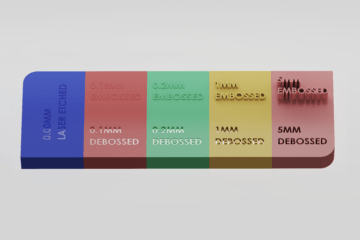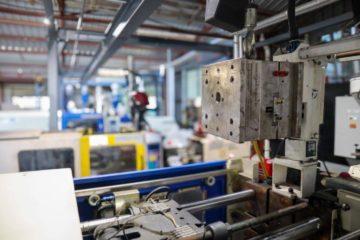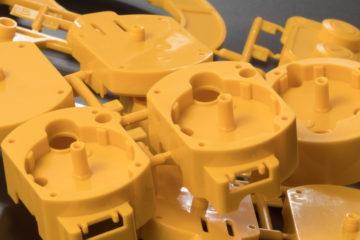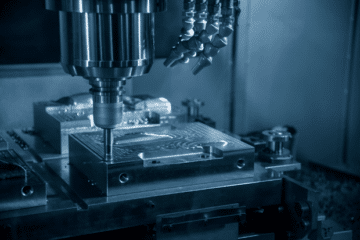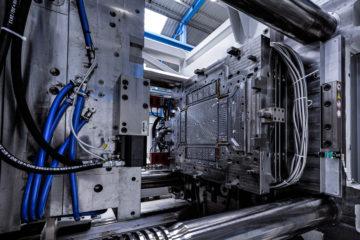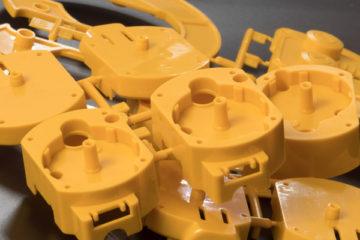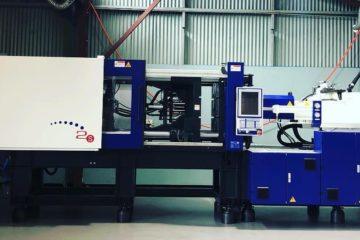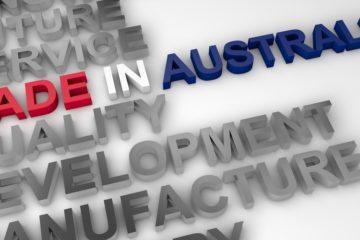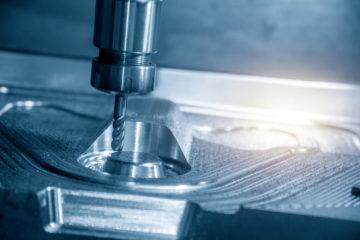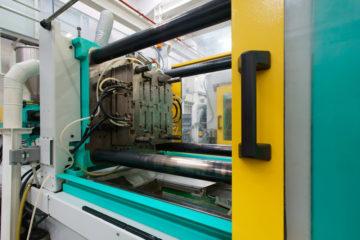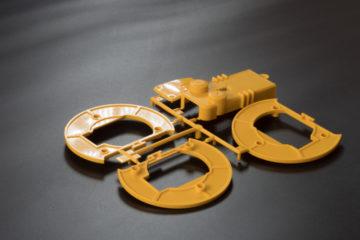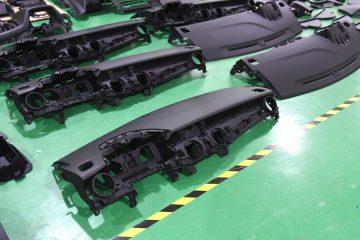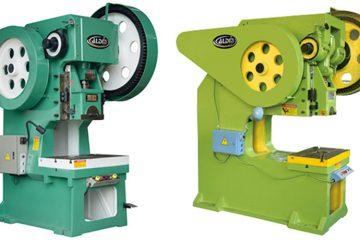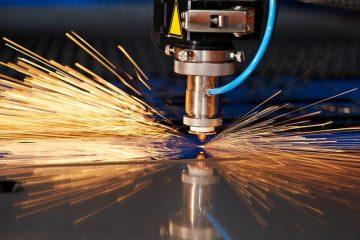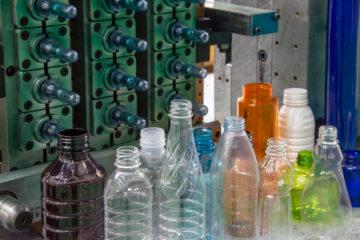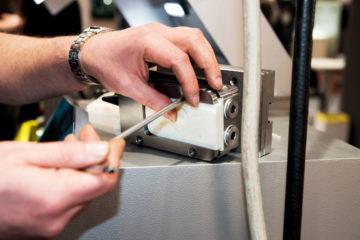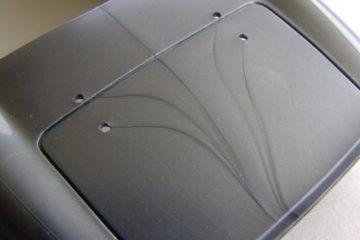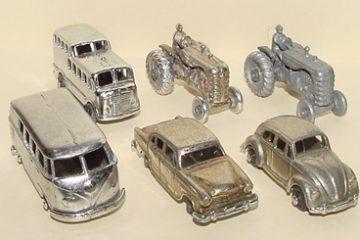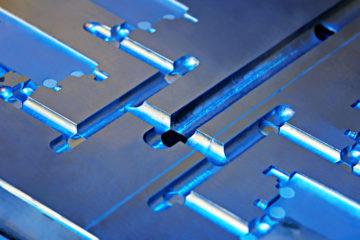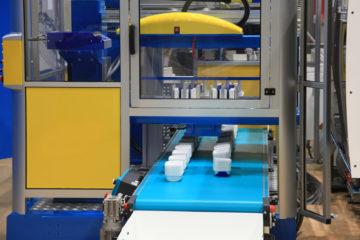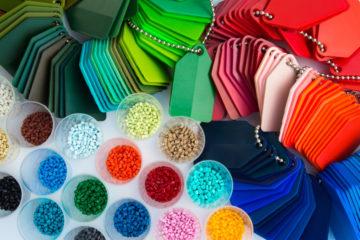 Once your product has been designed, prototyped and you’ve ironed out any issues, it’s time to think about manufacturing.
Once your product has been designed, prototyped and you’ve ironed out any issues, it’s time to think about manufacturing.
There are a few different techniques that could be used to manufacture your product. To decide which process is best for your product, think about:
- Market demand for your product
- Availability of resources
- The amount of raw materials and components required
- The size and scope of your manufacturing company
For example, if there is a strong demand for your product, you may decide to produce it in large
batches to meet this demand. Or, if your product is less popular, you could produce it in small amounts, to save you money and reduce waste.
Whether you want to produce your product in small or large volumes, having some basic understanding of manufacturing techniques will help make this process easier. In this blog, we’ll share some insight into the 3 manufacturing techniques we find are most effective for our customers.
Injection Moulding:
Injection moulding is the most popular method for mass-producing plastic products. From parts for vehicles to simple things like buttons on clothes, injection moulding has a wide variety of uses in everyday life. There are many reasons to use injection moulding for your product, including that it’s:
- Cost-effective
- Fast
- Reliable
- Sustainable
- Adaptable
- Able to be automated
If you’re looking for a simple way to manufacture your plastic product, then injection moulding is the way to go.
At Dienamics, we have a range of injection moulding machines and services to suit your needs.
Rubber Compression Moulding:
Rubber compression moulding, sometimes referred to as ‘dough moulding’ is a production method for making rubber products. It’s suitable for low to medium production volumes and is widely-used, economical and efficient.
The process involves taking rubber or raw materials, loading them into a mould, pressing the raw material into the shape of the mould using a hydraulic press, and then removing it from the mould.
Compression moulding can be useful if:
- You only need a low volume of your product
- Your product requires material hardness
- Your material includes large parts
Rubber compression moulding is an effective technique for manufacturing complex rubber products.
Metal Press Forming:
Metal press forming is a process for manufacturing metal products. High pressure is applied to metal to bend or stretch it to match the required size and shape.
The process is easily repeatable. This technique is often seen in the car manufacturing industry in door panels, bonnets, etc.
Whilst it may seem simple, depending on the component, press forming can be a very involved, detailed, thought-out manufacturing process.
A wide variety of products can be formed using metal presses, from simple shapes to complex products with multiple layers. Press forming benefits include:
- Flexibility
- Sustainability
- Reduced waste
- Rapid mass production
- Ability to be automated
Metal press forming is a great option for producing high quantities of simple or sophisticated metal products. It has applications across a range of industries.
Looking to get your product manufactured?
At Dienamics, we offer a range of comprehensive services in every step of the product design process. These include:
- Product design, including concept assessment and project scoping
- Prototyping and process and materials testing
- Manufacturing, injection moulding, production, assembly and packaging
Contact us today for a quote to create a product you can be proud of!
Subscribe to Our Newsletter
Get the latest news from Dienamics into your inbox






